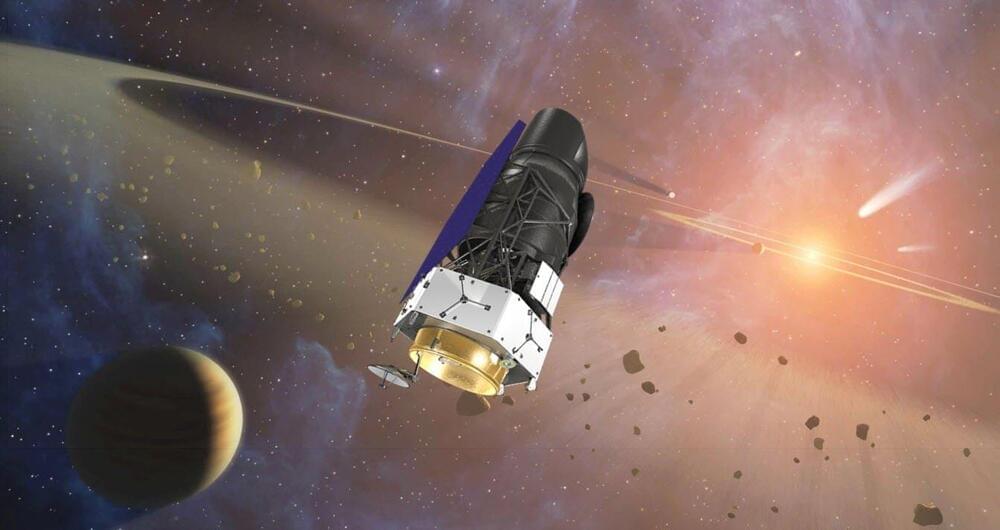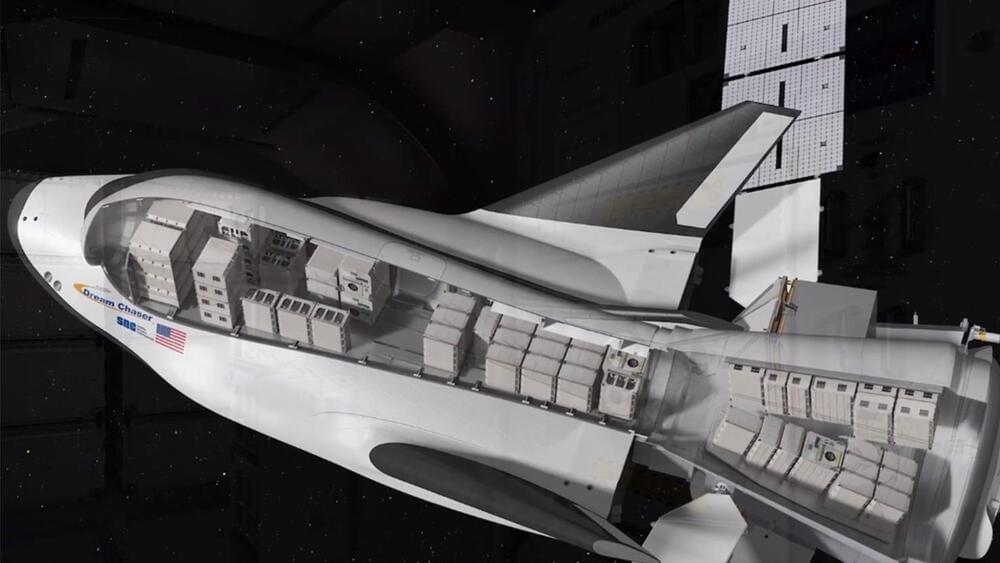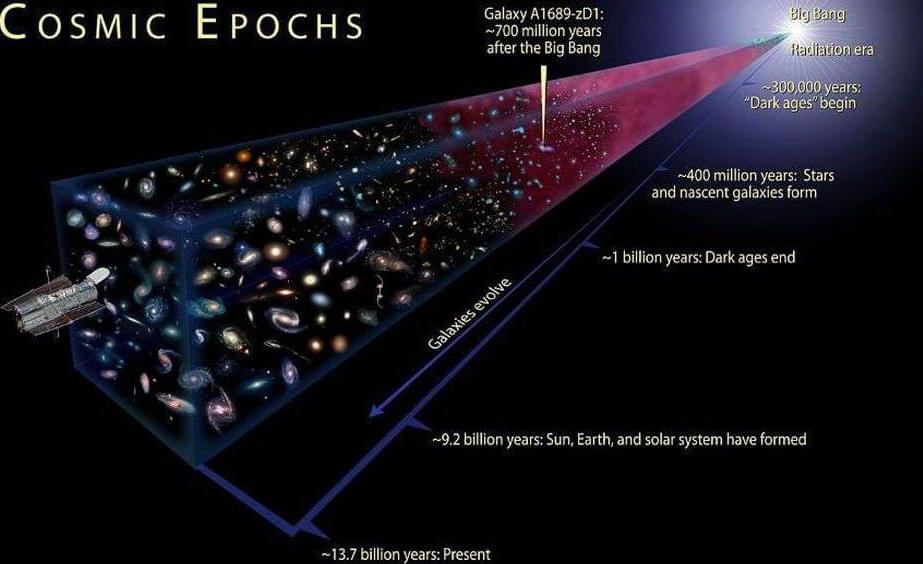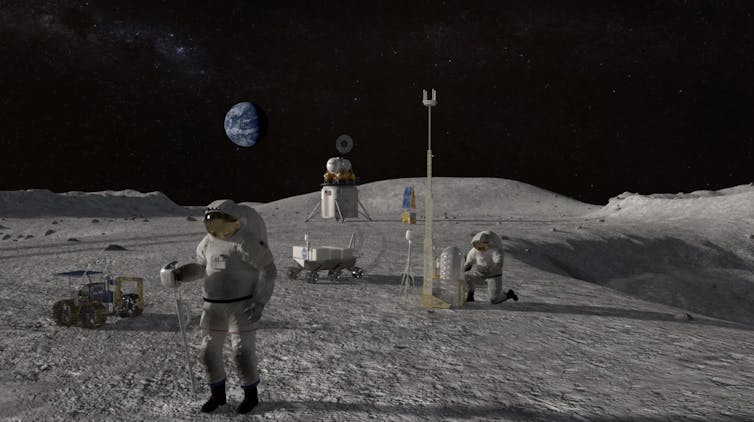Aug 19, 2024
Morphable materials: Researchers coax nanoparticles to reconfigure themselves
Posted by Dan Breeden in categories: biological, chemistry, computing, engineering, nanotechnology
A view into how nanoscale building blocks can rearrange into different organized structures on command is now possible with an approach that combines an electron microscope, a small sample holder with microscopic channels, and computer simulations, according to a new study by researchers at the University of Michigan and Indiana University.
The approach could eventually enable smart materials and coatings that can switch between different optical, mechanical and electronic properties.
Continue reading “Morphable materials: Researchers coax nanoparticles to reconfigure themselves” »


















